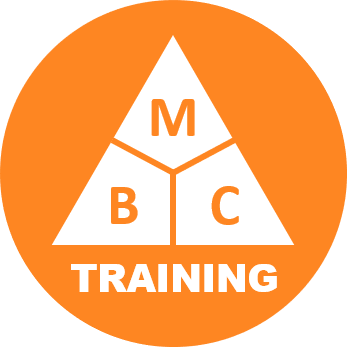I can hear you thinking “Hmmmmm, really?”. Maybe not in the Superman/Thor sense; but maybe in the Batman/Black Widow sense (giving Marvel/DC options here!). Meaning humans who extend their abilities through hard work and training!
Improving breathing through training by practising deep and controlled breathing can bring many benefits. Even in medical terms researchers have been testing for various benefits, though those are outside the scope of this blog entry:
“There appears to be potential for use of controlled slow breathing techniques as a means of optimising physiological parameters that appear to be associated with health and longevity”
https://www.ncbi.nlm.nih.gov/pmc/articles/PMC5709795/

1. Increased lung capacity
By developing a discipline of deep expansive breathing during exercise, over time the lung capacity can be optimised. Initially there may be tightness in the muscles and connective tissue in the chest area; even a feeling of friction internally for some.
But over time these parts get more and more mobile; allowing the lungs to act as an internal pressure source to expand and stretch the whole area, increasing the overall lung capacity.
Various postures and movements can be used here to help the manipulation of this to work on this individually. I have applied this in paricular to people with tightness with their breathing.
….I am going to assume it’s pretty clear why an increasing the lung capacity is a “good thing”!
2. Controlling the heart rate
The heart rate is an autonomous bodily function; however we can effect the rate through various factors. With focused deep breathing we can optimise the oxygenation of the blood, allowing us to train harder, and calming the heart rate.
By enabling a higher training output, we can increase the results from our training, hence increasing our effectiveness. Especially important when most people have limited time to exercise.
3. Improved output management for long distance activities
Quite a long sub-heading, and related to point 2. above. But it is worth explaining seperately as this particularly applies in longer duration exercises.
By developing deep controlled breathing, and a sensitivity to the heart rate we are able to better assess the sustainability of the cardio-vascular “load” on the system.
An example scenario: during running on the flat, with maximal breathing, if you are at your equilibrium of the cardio-vascular output, you would be able to sustain the pace relatively comfortably for an extended time. As you climb a gradient, a decision has to be made to adapt. If you are already at your maximal controlled breathing capacity, the only way to maintain a sustainable speed is to change your speed. Sensitivity to the heart rate will allow you to assess what is sustainable, and for how long e.g. maybe the gradient is only for 2-3min before you are back on the flat and can recover.
This control allows you to assess your own performance. Personally I do not enjoy the pain of long distance running!! So for myself, I would use this technique to make sure I stay in a comfortable zone!
4. Structural strength
Not sure if that is the best heading, but I don’t have another one at the moment. What do I mean by structural strength.
During movements, we typically inhale in the preparation of, and exhale during the exertion.
The full inhalation, due to the internal pressure from the lungs, gives structural strength to the upper body. This stiffness can be used to increase the effectiveness of training movements.
Like any mechanical system, the less slack there is, the more direct the transmission of forces. The act of breathing can therefore be actively manipulated to enhance the effectiveness of movements.
Summary
Improving breathing through training can bring huge benefits.
Not only for “performance” but also wider health including reducing stress indicators, balancing hormone levels. Altogether a more relaxed and potentially happier person.
Give it a try!
Links:
Below are some links to further reading from reputable medical sources, but a quick internet search will turn up many such entries.
The physiological effects of slow breathing in the healthy human: https://www.ncbi.nlm.nih.gov/pmc/articles/PMC5709795/
Understanding cortisol, the stress hormone: https://www.canr.msu.edu/news/understanding_cortisol_the_stress_hormone#:~:text=Deep%20breathing%20causes%20the%20vagus,provide%20a%20sense%20of%20calm.

